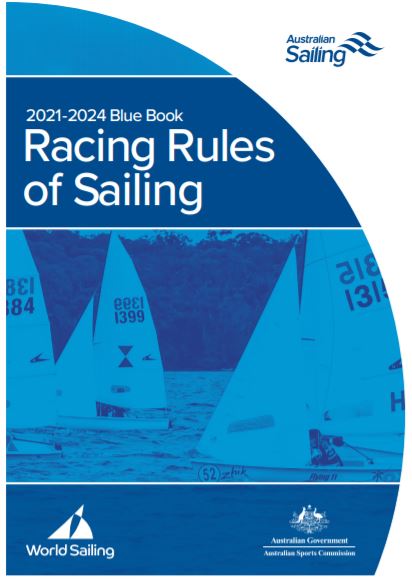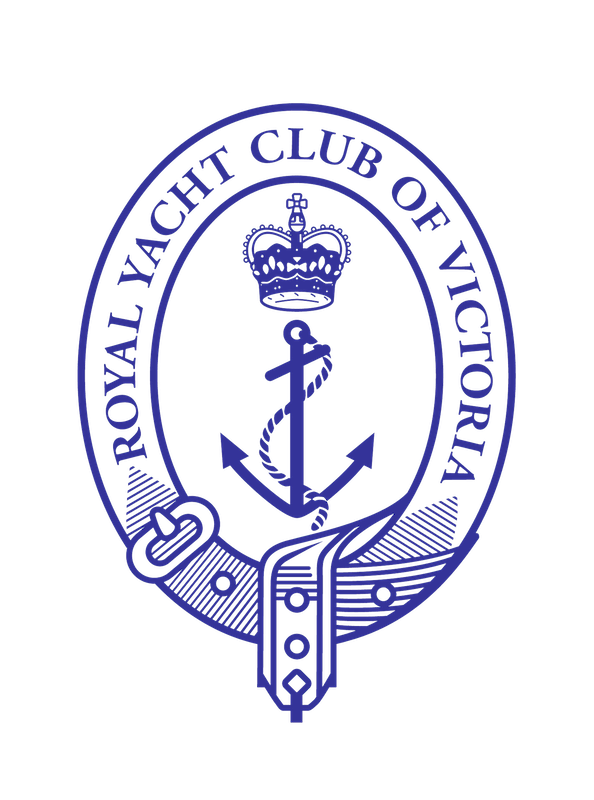
CTHE RACING RULES OF SAILING 2021 – 2024
Every sport follows a set of rules and regulations, and sailing is no different. All sailors should take the time to learn the rules, and comply with them sufficiently. Breaching the rules may lead to a protest hearing, and more serious consequences that affect the safety of everyone on the water.
The Racing Rules of Sailing (RRS) governs the sport of sailboat and sailboard racing. It is revised and published every four years by World Sailing. The current edition is The RRS 2021 – 2024.
Rules sessions are sometimes held at the Club if you’d like to learn more, so keep an eye on our events page.
The current Racing Rules of Sailing (Blue
Book) including the Australian Sailing Prescriptions are available to download here. The office does not have hard copies.
PERFORMANCE HANDICAP EXPLAINED
All boats at RYCV have a performance handicap. By definition, this performance handicap indicates the performance of each boat in the Club relative to other boats in the Club.
Do not confuse a measurement rating (such as AMS or IRC) with a performance handicap. Ratings are calculated from measurements of the boats hull, rig and sails, and once calculated will not change unless changes are made to the boat. A boat’s performance handicap will probably change after each race.
Performance handicaps are generated and recalculated in accordance with the Performance Handicap Rules. A copy of these Rules are available here.
Since September 2014, Royals has been using a software package called TopYacht. This has replaced the system we have used for many years, namely PAT. TopYacht calculates the results of each race and also recalculates the handicap for each boat for the next race.
When a boat enters a Club race, it will be allocated a performance handicap for that race, called its Allocated Handicap (AHC). This AHC will be supplied by the Club Handicapper after referencing the TopYacht database.
This performance handicap is a single figure Time Correction Factor (TCF) and is used to convert a boat’s elapsed race time to a corrected time. Thus, if a boat takes 100 minutes to complete the race and its Performance Handicap (or TCF) was 0.75 the its corrected time (CT) will be 75 minutes (100 x 0.75).
The boat with the lowest corrected time (CT) is the race winner.
After each Club race the TopYacht programme will calculate data for each boat, namely:
- The corrected time (the boat with the lowest CT being the winner).
- The back calculated handicap (BHC). This is the handicap that each boat actually achieved in the race. Boats in the top half of the results list will have BCH values above their AH and boats at the bottom half below their AH.
- The Calculated Handicap (CHC) for each boat. This is the handicap for each boat in its next race.
The CHC is calculated as follows:
CHC = (2 x AH + BCH)/3
For example if the AH was 0.800 and the BCH was 0.815, then
CHC= (0.8 x 2 + 0.815) = 805
However if you read the YV Handicap Rules, you will note terms such as LBCH, LBCHU, LBCHL and LBCHD.
We call these Clamped Handicaps, namely:
| Abbreviation | Handicap | Clamp |
| LBCH | Limited Back Calculated Handicap | 4% |
| LBCHU | Limited Back Calculated Handicap Upper | 4% |
| LBCHL | Limited Back Calculated Handicap Lower | 4% |
| LBCHD | Limited Back Calculated Handicap Discard | 8% |
The YV Rules have recognised that on some occasions other factors come into race results. There could be a drop in wind soon after part of the fleet finishes or same boats could have a problem on the water but choose to finish. Accordingly we use “clamps”. Clamps limit the change of the Back Calculated Handicap (BCH) and produce a Limited Back Calculated Handicap (LBCH).
Currently the clamps are 4% on handicaps and 8% on a discard. Accordingly, if the BCH is greater than 104% or between 96% and 92% the BCH is limited to 104% and 96% respectively (clamping the BCH to 4%). However if the BCH is less than 92% of the AH then the result is discarded for handicap recalculation purposes and the CHC remains unchanged.
On a historical note, performance handicap calculations have changed over the years. In the 1960’s boats that came first, second or third had their handicap increased by a fixed %. This later changed to recording the boat’s last 8 BCHs, discarding the best and two worst results and averaging the remaining 5. The change to the current method (as described above) has been relatively recent.
The current recalculation method is more immediately responsive to changes in the boat’s performance and requires fewer results for a boat to have a valid handicap.
If you have any questions, please contact John Duffin who can usually answer them. The Performance Handicap System has been operating in its current form for about 60 years. It is not perfect, if it were we would have all boats tied for first place each race!

